The ceramics industry is entering a new era, powered by generative artificial intelligence (AI). What was once a slow and highly manual process—designing tiles, patterns, and textures—is now being revolutionized by AI-driven creativity and automation. Companies like Lamberti Ceramics are at the forefront of this transformation, leveraging advanced tools to speed up product development, explore limitless design possibilities, and meet the rising demand for unique, customized ceramic solutions.
In this article, we’ll explore how generative AI is reshaping the ceramics industry, what benefits it brings to manufacturers, designers, and customers, and how Lamberti Ceramics is leading the way in combining tradition with cutting-edge technology.
What is Generative AI?
Generative AI refers to algorithms that can create new content, such as images, patterns, 3D models, and even entire design concepts. Unlike traditional AI, which focuses on analysis and automation, generative AI emphasizes creativity and originality.
In the ceramics field, this means:
- Designing tile patterns automatically.
- Creating color palettes based on trends or client preferences.
- Generating textures that mimic natural stone, marble, or wood.
- Experimenting with geometric and abstract patterns that would be difficult to design manually.
Generative AI doesn’t replace human creativity; it enhances it. Designers gain a powerful partner that allows them to test new ideas faster and more efficiently.
Why Generative AI Matters in the Ceramics Industry
۱. Endless Design Possibilities
Ceramics has always been about innovation in design. With generative AI, the possibilities expand beyond imagination. Whether it’s simulating marble veins, abstract geometries, or minimalist patterns, AI can produce thousands of variations in seconds.
۲. Faster Product Development
Traditionally, developing new ceramic collections could take months. Generative AI reduces this timeline by:
- Creating rapid prototypes.
- Suggesting data-driven design trends.
- Allowing real-time visualization for clients.
۳. Customization for Clients
Today’s market demands personalization. Architects, interior designers, and homeowners seek unique surfaces that reflect their personal style. With AI, manufacturers like Lamberti Ceramics can quickly tailor designs to client specifications.
۴. Sustainability and Efficiency
Generative AI can help minimize waste by simulating product performance before production. This ensures fewer mistakes, optimized material use, and eco-friendly innovation.
Lamberti Ceramics: Blending Tradition with Technology
Lamberti Ceramics has long been recognized for its craftsmanship and design excellence. However, what sets the company apart is its willingness to embrace modern technologies without losing its artistic soul.
How Lamberti Uses Generative AI
- AI-driven design exploration: Generating innovative tile patterns inspired by nature, architecture, and global design trends.
- Virtual showrooms: Allowing clients to visualize ceramic collections in realistic 3D environments powered by AI.
- Trend forecasting: Using AI analytics to predict which colors, finishes, and styles will dominate future markets.
By integrating generative AI into its processes, Lamberti creates a fusion of heritage and innovation—keeping the authenticity of ceramics alive while embracing the digital future.
Applications of Generative AI in Ceramic Design
۱. Tile Pattern Generation
AI can create infinite variations of:
- Floral motifs
- Geometric designs
- Natural textures (stone, wood, marble)
- Abstract art-inspired surfaces
۲. Material and Surface Simulation
Generative AI allows the creation of realistic digital prototypes that replicate surface finishes such as:
- Glossy vs. matte
- Textured vs. smooth
- Handmade-inspired finishes
۳. ۳D Visualization for Architects and Designers
Instead of waiting for physical samples, AI-generated 3D models allow clients to “walk through” virtual spaces. This saves time and reduces the need for physical prototypes.
۴. Predicting Market Trends
AI can analyze thousands of design portfolios, online searches, and social media trends to suggest which styles and colors are gaining traction worldwide.
Benefits for Stakeholders
For Manufacturers
- Reduced design costs
- Faster prototyping
- Stronger market competitiveness
For Designers
- A wider creative toolkit
- Inspiration beyond human limitations
- Real-time collaboration with AI tools
For Customers
- Unique, personalized products
- Faster delivery of tailored collections
- Confidence in selecting designs before production
Challenges of Using Generative AI in Ceramics
While the benefits are clear, challenges remain:
- Quality Control: Not all AI-generated designs are production-ready. Human expertise is essential to filter and refine.
- Data Dependence: The quality of AI results depends on the quality of training data.
- Balancing Creativity: The human touch is still crucial in ensuring that designs carry cultural and emotional value.
- Technology Investment: Smaller companies may struggle with the initial costs of AI integration.
The Future of Generative AI in Ceramics
The future looks promising. As AI tools evolve, we can expect:
- On-demand tile design platforms where clients create their own collections.
- AI-driven eco-designs that prioritize sustainability.
- Seamless integration with 3D printing for custom ceramic shapes and textures.
- Smart ceramics—tiles with embedded sensors or digital interactivity.
Lamberti Ceramics is already paving the way, showing how traditional artistry can coexist with AI-driven innovation.
Case Study: A New Tile Collection at Lamberti Ceramics
In 2024, Lamberti introduced a generative AI-inspired tile collection that combined natural stone veining with futuristic geometric overlays. Instead of taking 12 months, the design phase lasted just ۸ weeks—thanks to AI-assisted creativity.
Clients praised the collection for its uniqueness and modern elegance, while architects appreciated the ability to preview the tiles in AI-powered 3D simulations before ordering samples.
This case highlights how AI doesn’t replace designers—instead, it empowers them to deliver more value in less time.
Conclusion
Generative AI is not just a passing trend—it’s the future of ceramics design. By automating repetitive tasks, expanding creative boundaries, and enabling real-time customization, AI is transforming the way ceramics are designed, produced, and delivered.
Lamberti Ceramics exemplifies how a company with deep roots in tradition can successfully embrace digital transformation, blending craftsmanship with innovation. For designers, manufacturers, and clients alike, generative AI offers a world of endless possibilities.
The future of ceramics will not be defined solely by clay and fire—but by creativity, data, and technology working together.


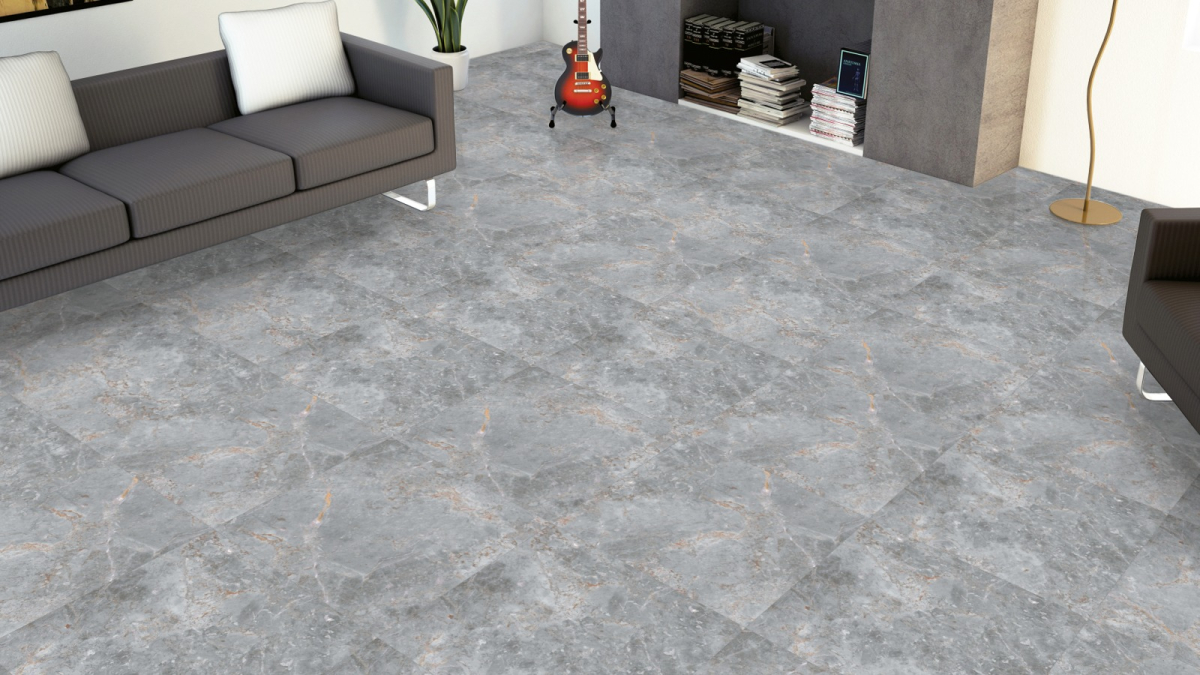
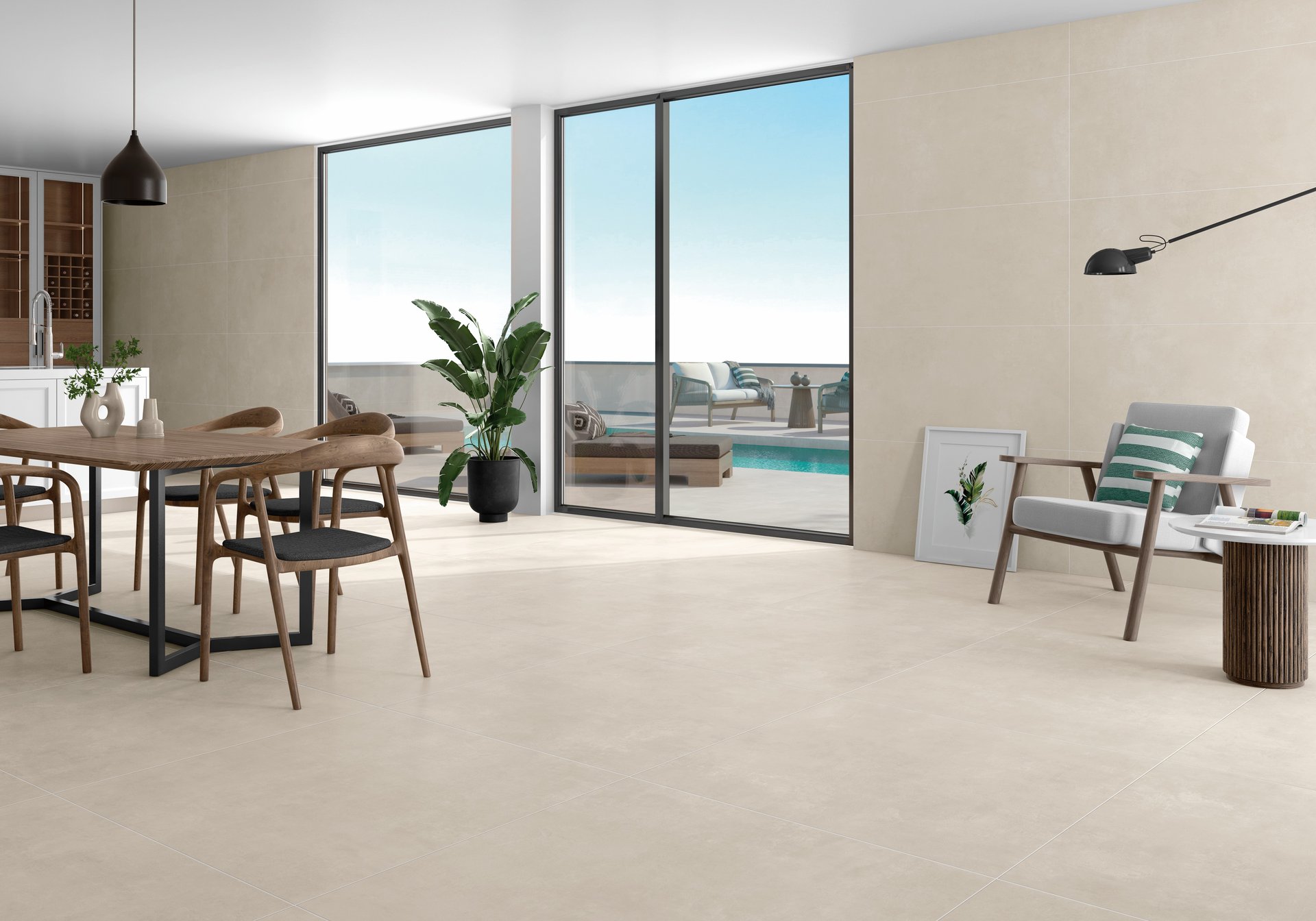
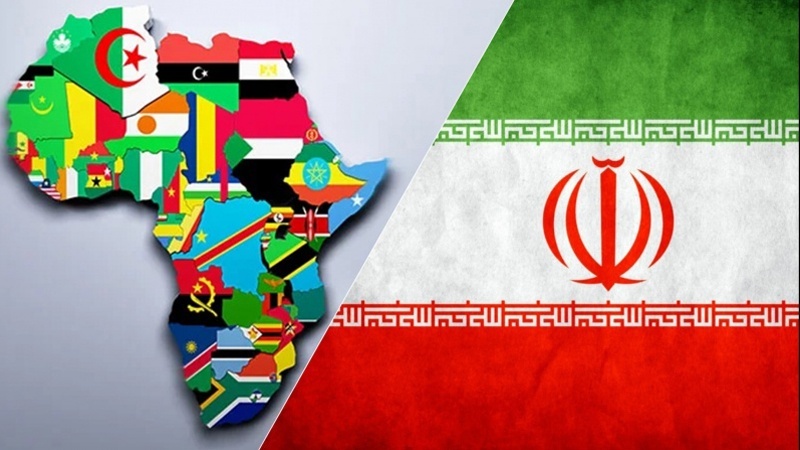
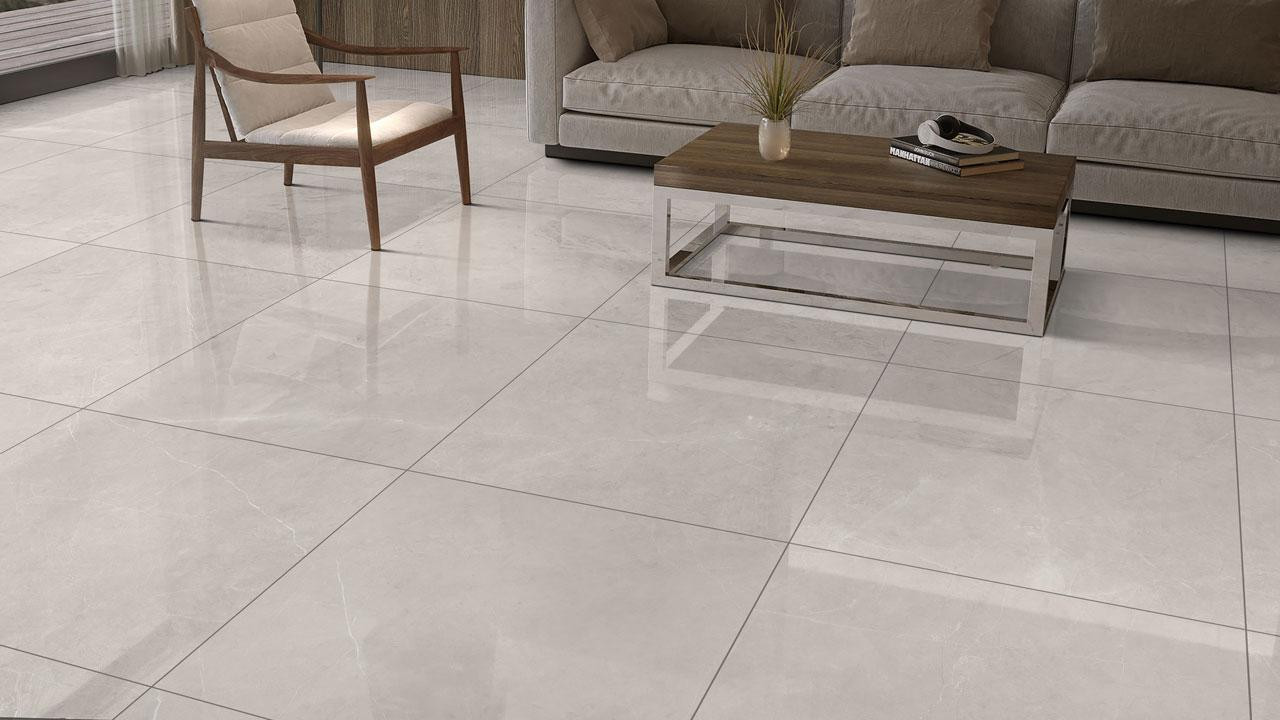
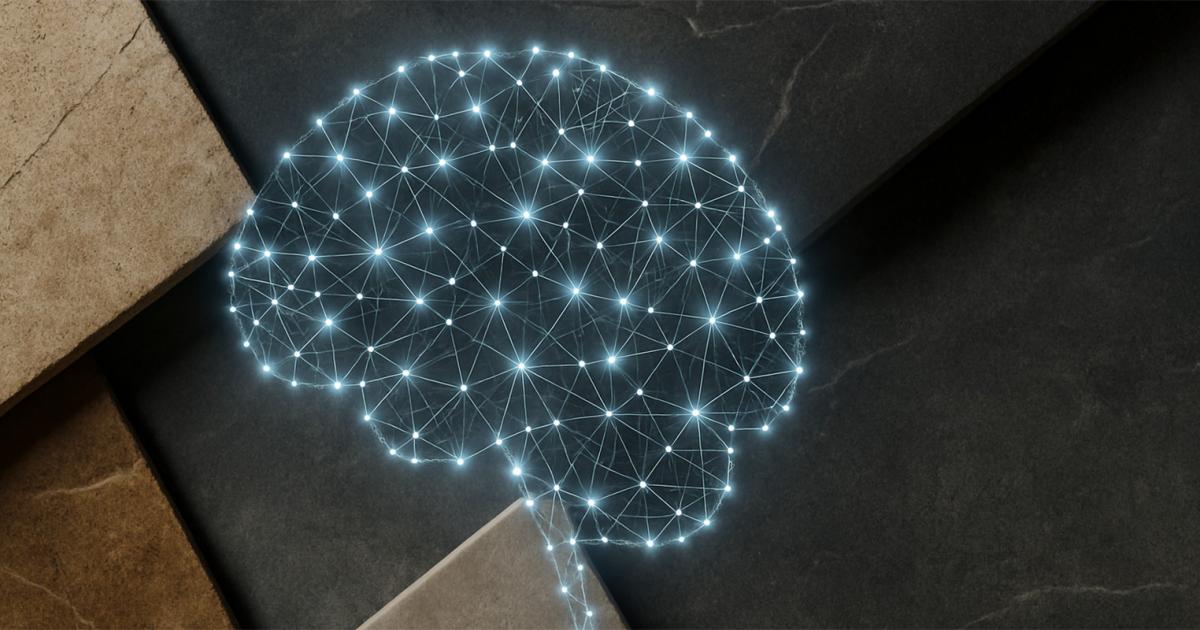


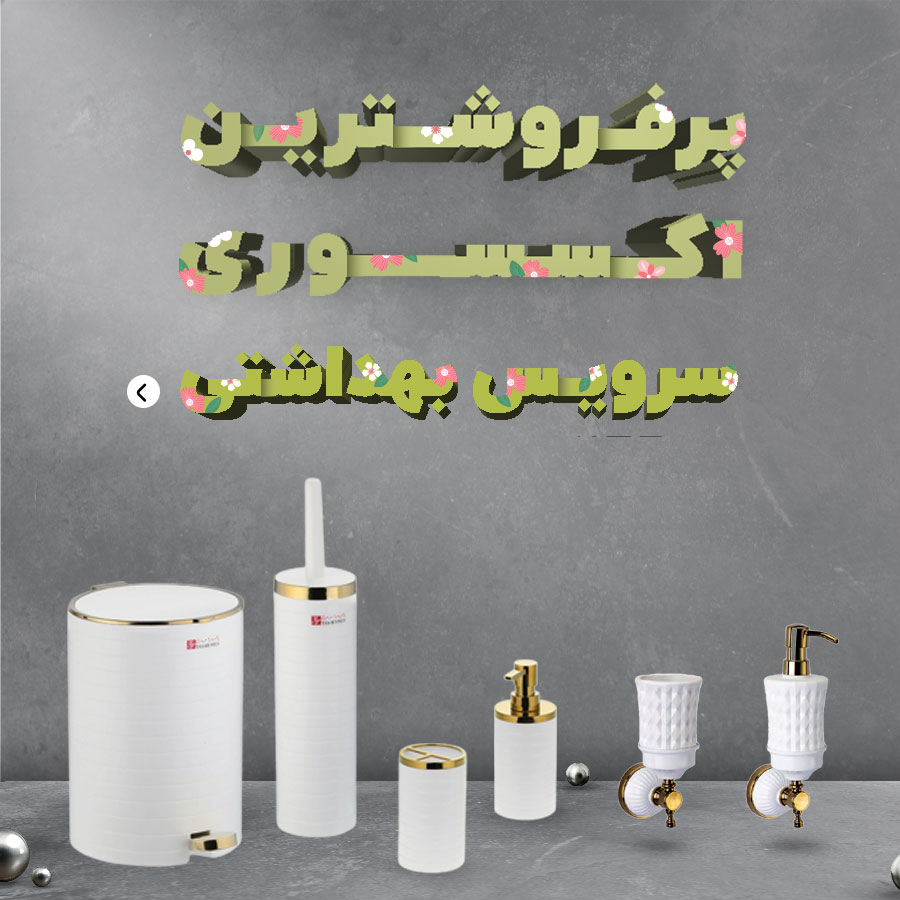

نظرات ۰